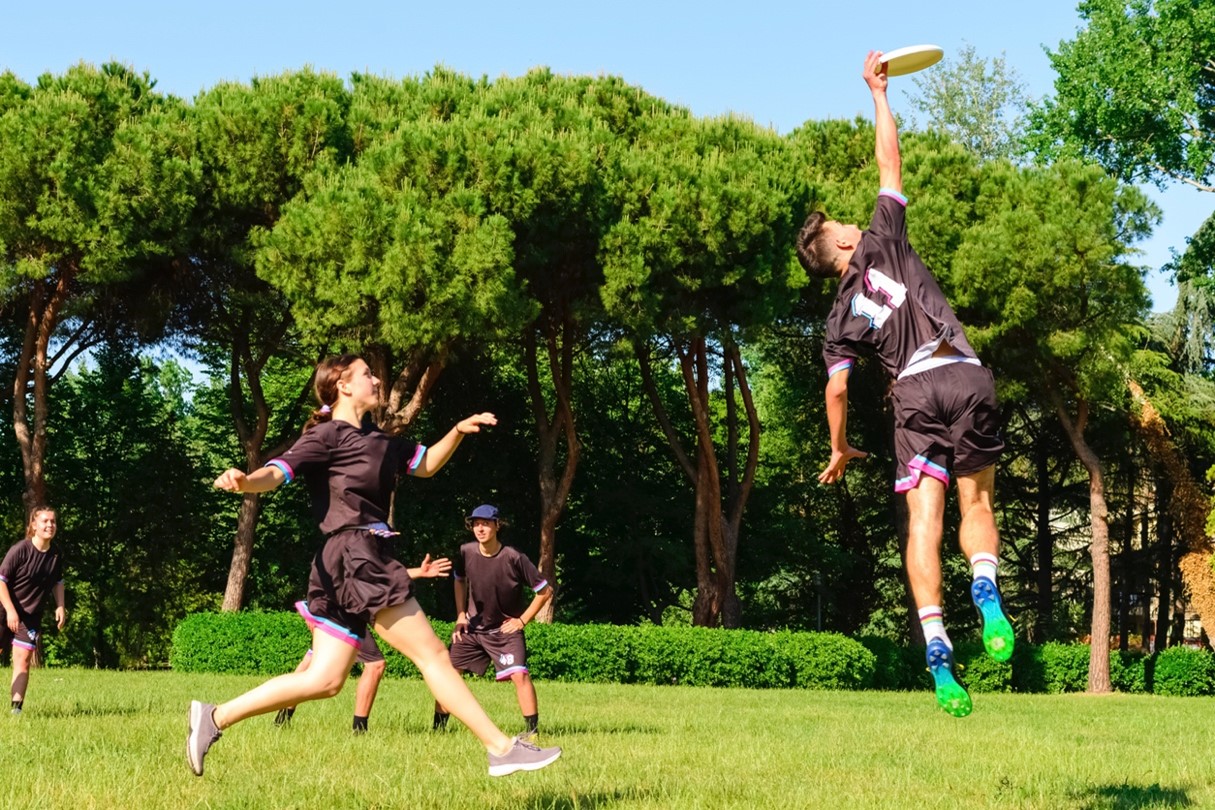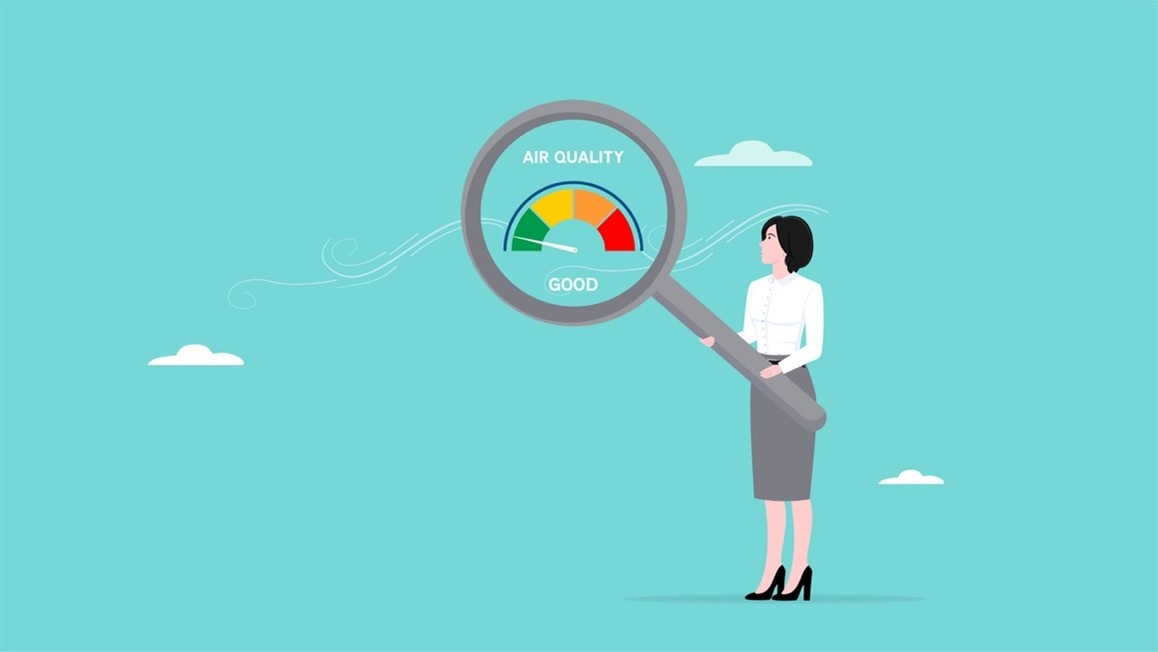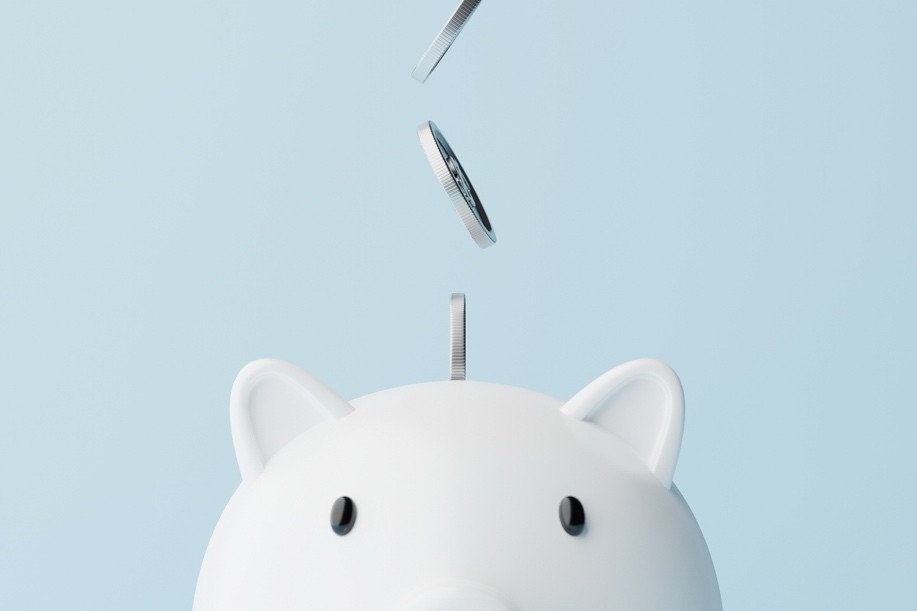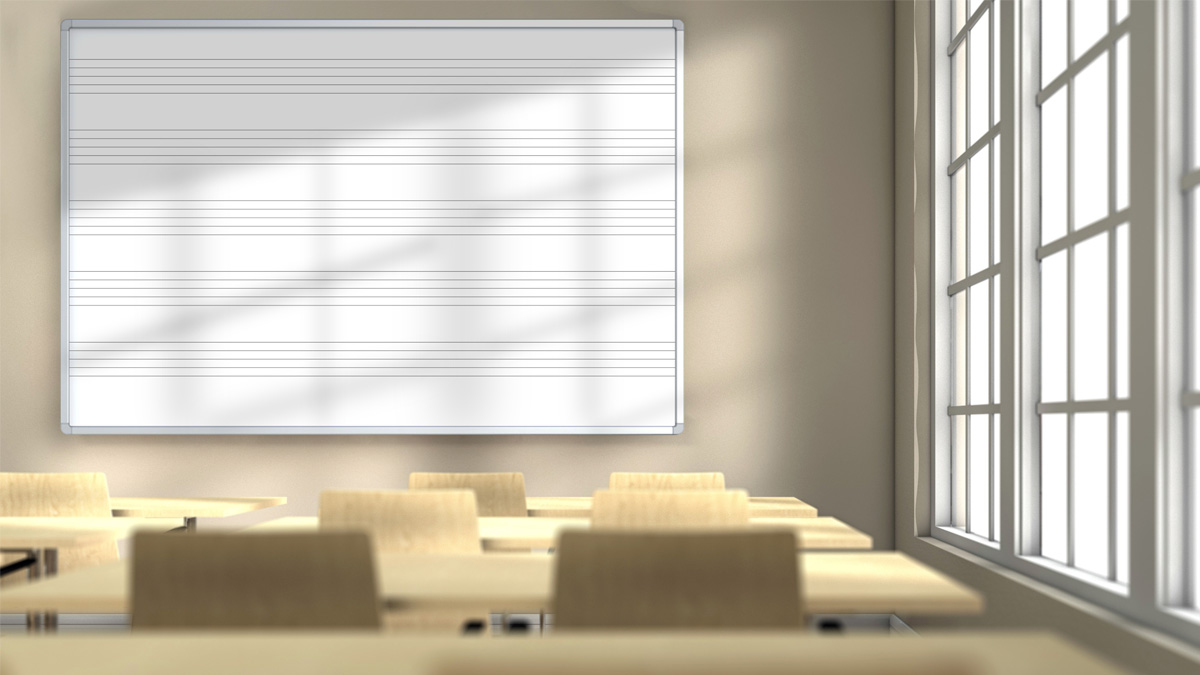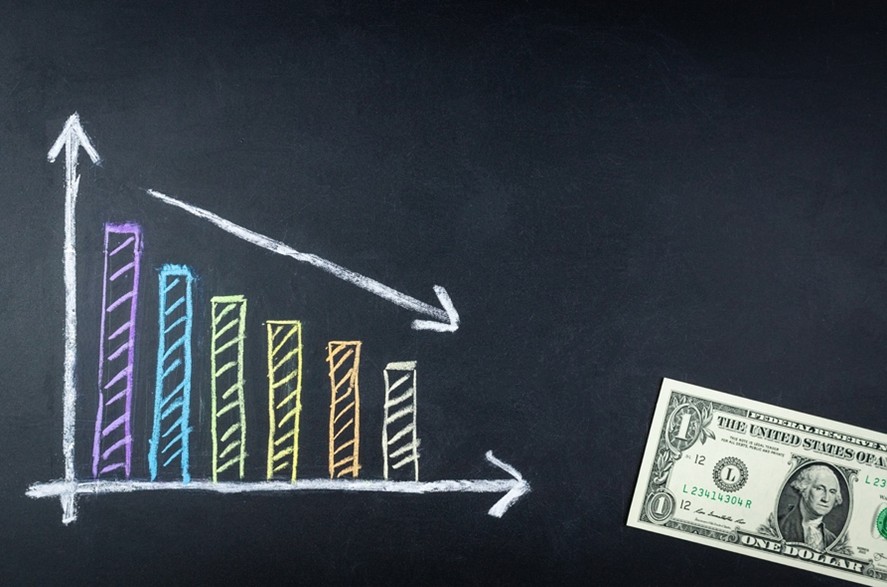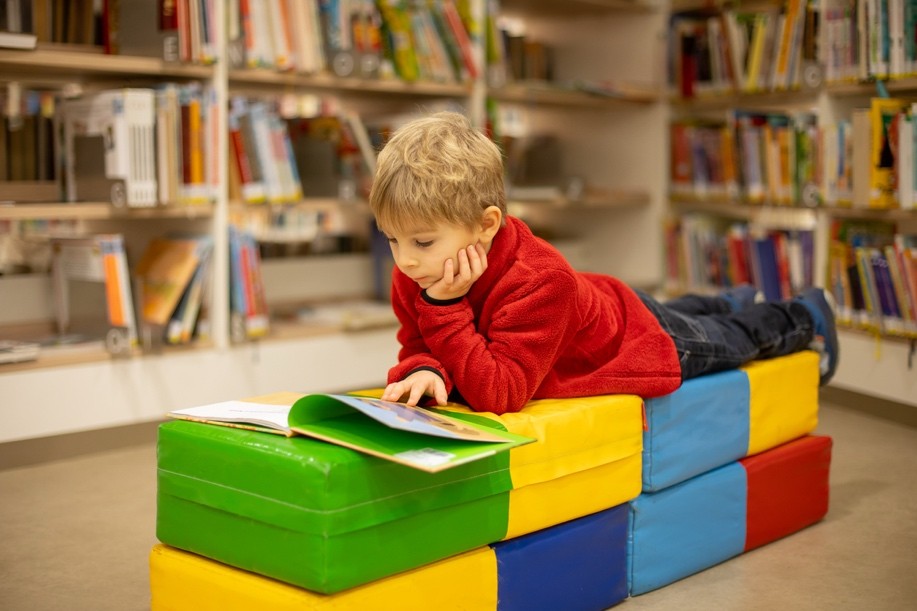Choosing between artificial turf and natural grass for school athletic fields may be one of the most challenging decisions your school will ever have to make. Here is a useful guide to help walk you through your decision-making process.
A Few Words of Wisdom
If you do a Google search or use AI to help you with you choose between artificial turf and natural grass, be careful! Companies selling artificial turf have compiled a trove of information highlighting the benefits of turf over grass while minimizing the negatives associated with turf. If you use AI, be sure to create a prompt that asks for an analysis based on only non-biased and scholarly sources and provides an evenhanded evaluation.
Also, be prepared for community members who may have strong views on this topic. Prepare ahead of time with a point-by-point analysis supporting the decision that makes the most sense for your school and then be open for input from all members of the community.
Consider the option of choosing both! This can be a win-win for a community that has strong feelings on both sides of this issue. For a school that has one or two fields that consistently get wet and muddy in the spring, choose turf; for fields that are on higher ground, use grass that can also provide a more conducive space for play and picnics.
The core issues to consider when making a choice between artificial turf and natural grass are safety, cost, usability, and environmental impact. Weighing the pros and cons of each will help you reach a decision that is right for your school.
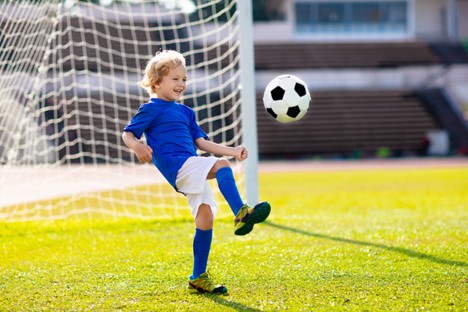
Safety
If safety were the only factor under consideration, natural grass is the better choice overall.
Artificial turf does provide a more consistently even playing surface, which can reduce tripping on uneven terrain, but artificial turf has been closely linked to higher rates of specific injuries, such as knee and ankle injuries, because of increased friction and torque compared to grass. In addition, turf can become extremely hot in direct sunlight, much hotter than grass. This can cause burns and heat-related illnesses for students. Turf burns are more common than burns from playing on grass.
Natural grass stays much cooler on sunny days and in hot weather and this makes it safer for students to play on. If grass fields are carefully maintained they can provide cushioning when students fall, which can reduce injuries. If grass fields are not well maintained, the possibilities of tripping on uneven surfaces increase.
Cost
If cost were the only factor to consider in deciding between artificial turf and natural grass, it is clear that over the long run turf will save money.
Initial installation costs are higher for turf at $12 to $20 per square foot, but maintenance costs are lower as no mowing or watering is needed for turf. Repairs and replacement costs can be quite high for turf, but again, in the long run the overall costs will be less for turf. Grass is cheaper to install, but the ongoing maintenance costs are higher. Research shows that organic management of grass fields can reduce costs, but not enough to make grass the more budget friendly option.
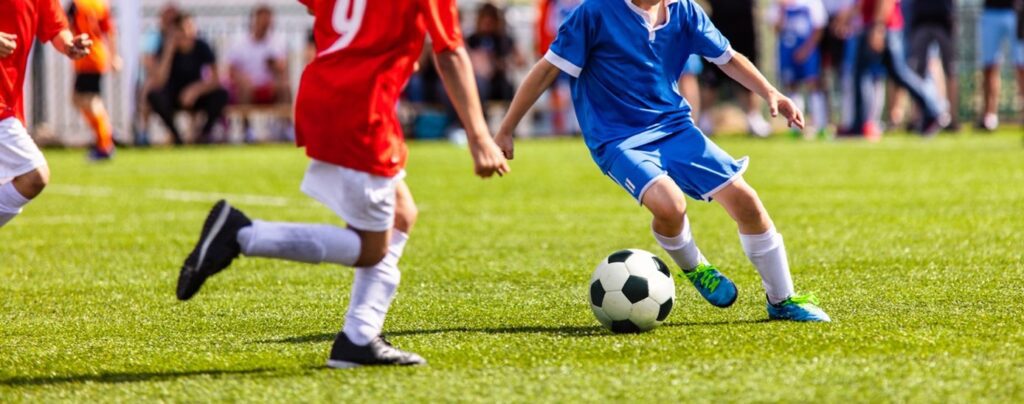
Usability
This one is tricky with no clear winner, it’s a bit of a quality versus quantity thing.
For numbers of days of use artificial turf typically comes out on top, but it’s not a slam dunk. Schools that practice “good grass management” to promote healthy root growth including construction practices that plan for drainage, ongoing maintenance that uses science, and customization to the specific field, can have as many days of play as turf.
Turf provides year-round usability no matter what the weather or outside temperature, except on days when it becomes too warm. Grass can become unusable during wet weather, especially if the area is in a place that can be subject to spring flooding. For high traffic areas, natural grass can need some downtime for regrowth too.
However, natural grass is the clear choice for its aesthetic and psychologically pleasing and relaxing appeal. Spectators, younger children playing games, and community picnics feel better on a natural surface and are healthier. Spending time on turf can result in exposure to dangerous PFAS chemicals that have been linked to specific cancers and developmental and metabolic issues. Microplastics are shed from artificial fibers in turf and can cause inflammation, respiratory issues, and cardiovascular health issues for those who are exposed.
Environmental Impact
Grass fields are the clear winner in this category for multiple reasons.
Grass absorbs rainwater and reduces stormwater runoff. Grass fields function as carbon containers by storing atmospheric CO2 in the soil. The one potential negative effect on the environment is the use of harmful fertilizers and pesticides. Organic choices for grass upkeep can be more costly but much healthier for the environment and for students.
Artificial turf does not require fertilizers or watering, but turf can create significant runoff that can contain microplastics and dangerous chemicals like PFAS that can harm ecosystems and waterways. Turf also needs to be replaced every ten years and this creates safety concerns related to disposing of non-biodegradable materials. Old turf is not recyclable.
Ultimately, the choice between turf and grass will depend on each school’s priorities as well as input from the community and the local environmental conditions. It’s complicated, but start by weighing safety, cost, usability, and environmental impact. Grass is the preferred choice if you can find ways to create resilient grass and effectively minimize ongoing maintenance costs. However, if you are faced with a challenging local environment, turf may be the better option.
This article was based, in part, on the following resources.
- Natural Grass Playing Field Case Study: Marblehead, MA. University of Massachusetts – Lowell. 2019.
- Turf Wars: Parent Groups On Social Media Are Abuzz Over Artificial Turf
- Unbiased Science, by Dr. Jess Steier Jun 11, 2024.
- Synthetic Turf Fields, Forever Chemicals, and the Safer Alternative: Organic Grass. Daily News Blog, March 27, 2024.
- Environmental and Health Impacts of Artificial Turf: A Review. Environmental Science & Technology. American Chemical Society.

Leslie Stebbins is the director of Research4Ed. She has more than twenty-five years of experience in higher education and K-12 learning and instructional design. She has an M.Ed. from the Technology Innovation & Education Program at the Harvard Graduate School of Education and a Master’s in Library and Information Science from Simmons College.

